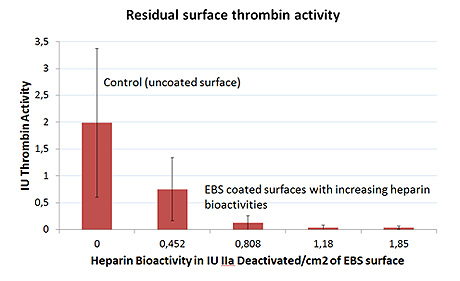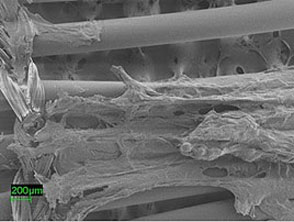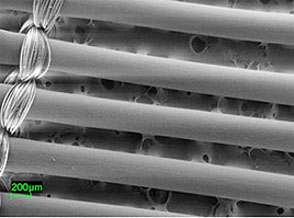Ension Hemocompatible SurfacesEnsion, Inc. uses proprietary technologies to immobilize bioactive agents on surfaces for medical applications. Processes are tailored for particular molecule immobilization on a variety of common polymeric, metallic and biologic substrates to achieve specific functionality in vivo such as improved blood compatibility, enhanced healing, or resistance to infection. One example is Ension’s heparin-based bioactive surface (EBS) that is suitable for applications where reduction of local and systemic inflammatory response is paramount. Process scale-up is part of Ension’s expertise including custom processing equipment design to facilitate rapid translation from the laboratory to manufacturing. Method of treating the surface of a medical device with a biomolecule - U.S. patent 8,343,567 (link)
The above graph demonstrates that an uncoated surface leads to a significantly higher amount of thrombin activation on the surface. Ension can engineer the magnitude of the bioactivity of the EBS heparin surface matrix to mitigate the inflammatory and coagulatory responses.
In vitro assessment of blood compatibility: Residual and dynamic markers of cellular activation (J Biomater Appl, May 2013, Vol. 27, No. 8, 925-936) |
Scanning electron microscope image of cell adherence on non treated hollow fiber membranes.
Scanning electron microscope image of hollow fiber membrane treated with Ension’s heparin bioactive surface technology. Note the lack of cell adherence. |




